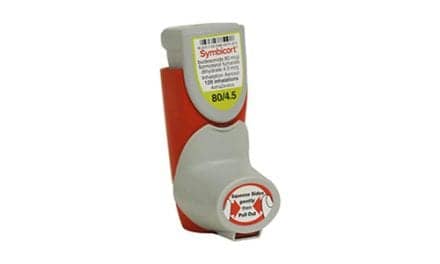12/15/06
Based on experiments with worms similar to those that infest millions of children in the tropics, researchers see potential for a new way to treat asthma. Parasitic infections and asthma may cause the human immune system to react in some of the same ways, and may one day be cured by manipulating some of the same proteins, according to research published today in the journal Science.
To be effective, the immune system must “decide” which cells and chemicals need to be ramped up to best destroy the invader at hand, be it bacterium, virus or worm. In 1986, Tim Mosmann, PhD, now director of the David H. Smith Center for Vaccine Biology and Immunology at the University of Rochester Medical Center, led a team that first described a new concept for how the immune system might make such choices: the Th1/Th2 Model. A landmark in immunology, it was a major step toward unraveling the system’s complexities. Today’s study results show how the model continues to define new players in the immune system and to suggest new treatment approaches.
“The point of the study is that each new detail in our understanding of the immune system creates opportunities to make changes that counter disease,” said Mosmann. “These results, while early, suggest that helping the body make more of a newly defined immune chemical may prevent roundworm infection, and that shutting it down may reduce lung damage in asthma.”
Part of the immune system is adaptive, pumping out vast numbers of immune cells on the hope that one will be the right shape to link up with, and become activated by, any invader encountered. When one of those immune cells recognizes an invader, it expands into an army of clones specifically selected to attack that organism. One workhorse of the adaptive system is the helper T cell, a white blood cell that secretes protein messengers called cytokines to accelerate the immune response.
According to Mosmann’s model, T cells differentiate into two major sets of helper T cells, Type 1 (Th1) and Type 2 (Th2), each defined by the cytokines they produce. Each profile is more effective at attacking certain invaders, with Th1 responses, for example, better against bacteria that live inside cells. Th2 cytokines include interleukin-4 (IL-4), interleukin-5 (IL-5) and interleukin-13 (IL-13), all of which are useful in immune responses against worms. In a clue to the worm/asthma link, IL-4, IL-5 and IL-13 also trigger mechanisms that cause irreversible damage to the lungs of asthmatic patients.








